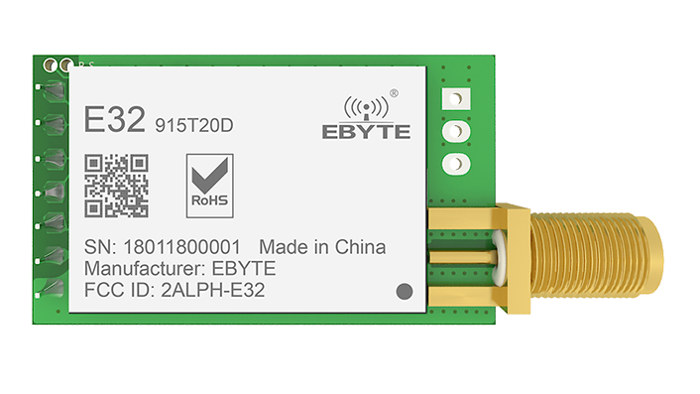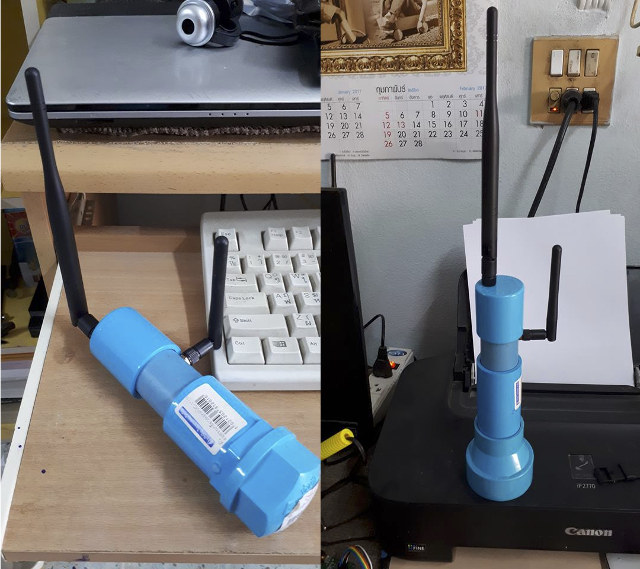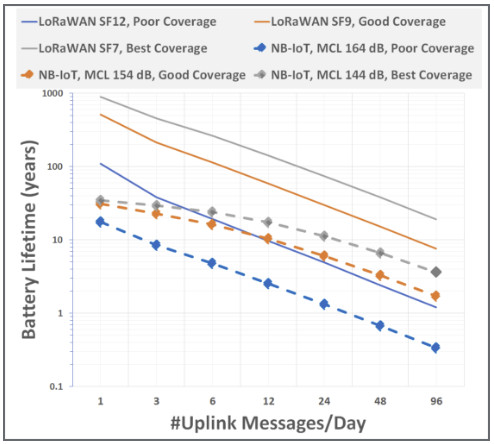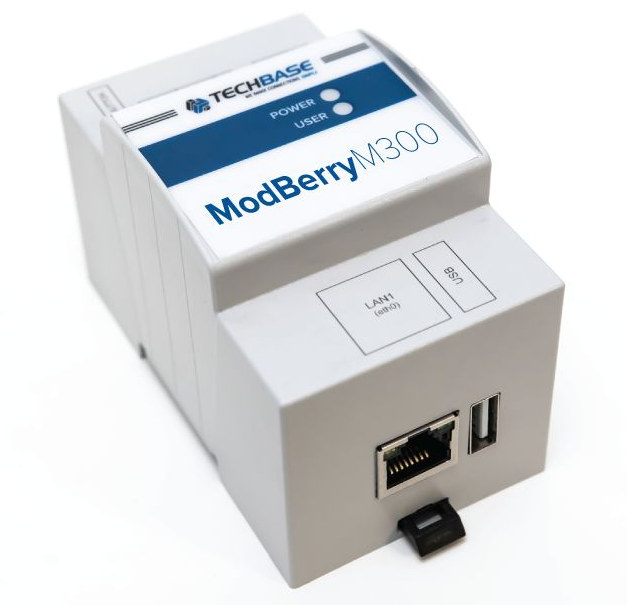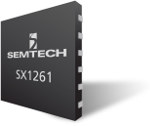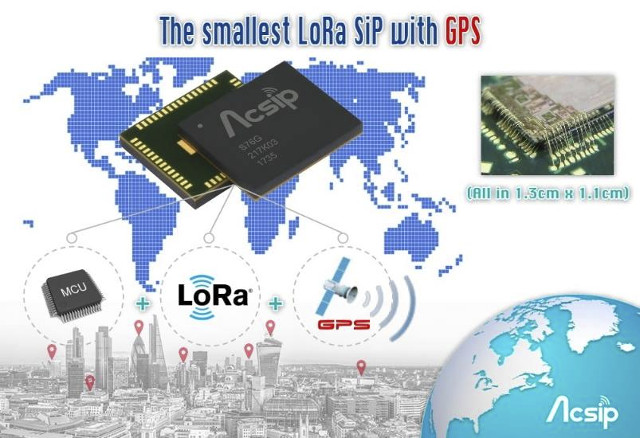Chengdu Ebyte Electronic Technology Ltd (or just Ebyte for short) is a company based in Western China that design and manufacturer low cost wireless modules for LoRa, WiFi, Bluetooth, Zigbee, NB-IoT & GPRS cellular connectivity, many of which appear to be FCC certified. The list of modules is way too long, so I’ll just have a look at two products from the company: Ebyte E32-915T20D LoRa 915 MHz module and Ebyte ME3612 NB-IoT wireless module. Ebyte E32-915T20D LoRa 915 MHz module Specifications: Connectivity Semtech SX1276 LoRa 900~931MHz (default: 915 MHz), 32 channels Range – up to 3 km with 20 dBm power, 5 dBi antenna Data rate – 2.4 kbps (default), configurable to 0.3, 1.2, 2.4, 4.8, 9.6, 19.2 kbps Rx Sensitivity – -138dbm at 0.3kbps Expansion – 7-pin header 2.54mm pitch with UART, USART host interface Power Supply – 2.1 to 5.5V DC Power Consumption – Standby: 2.0 uA; Tx: 120 mA […]
Making a DIY Case Out of PVC Pipes & Fittings for Electronics Projects
If you’ve ever visited Thailand, you may have noticed blue PVC pipes that are for water supplies, and usually visible since most of the time they are not placed underground. The pipes and fittings are very cheap, easy to find, and one person found out those could be used to make DIY cases for electronics projects. The two specimen above are a LoRaWAN node & gateway. The former is based on ESP07(ESP8266) module and RFM95W LoRa 868/915Mhz RF transceiver module, together with battery and sensors, while the latter is 1-channel LoRaWAN gateway or repeater, but I could not find the full details of the hardware design. I find that’s a clever idea, the design is pretty neat, and not everybody owns a 3D printer. An additional benefit is that it should be suitable for waterproof cases by adding some pipe glue to the unmovable parts, and a PVC screw cap […]
A Look at LoRaWAN and NB-IoT Power Consumption
LoRaWAN and NB-IoT are both designed for low power long range communication for the Internet of Things. We’ve previously seen both protocols have about the same 15km range in rural areas, and NB-IoT bitrate is a little higher since it can reach around 100 kbps, against 300 bps to 38.4 kbps for LoRaWAN. All LPWAN standards usually claim 10-year battery life, but it would be interesting to get some data about power consumption, and that’s exactly what AMIHO Technology has done by comparing LoRaWAN to cellular IoT (NB-IoT / eMTC) power consumption. They started by checking public information from datasheets, and compare Tx, Rx, Idle and Tx current for the three standards, and LoRaWAN is about three to five times more efficient in terms of current compared to NB-IoT, and as expected even more compared to LTE Cat-M1. They then went on to compare airtime for the different power states, […]
Embedded Linux Conference & IoT Summit 2018 Schedule
The Embedded Linux Conference 2018 and the OpenIoT Summit 2018 will jointly take place next month, on March 12 – 14, 2018 in Portland, Oregon, USA. The former is a “vendor-neutral technical conference for companies and developers using Linux in embedded products”, while the latter is a “technical conference for the developers and architects working on industrial IoT”. The Linux Foundation has already published the schedule, and it’s always useful to learn what will be discussed about even for people who won’t attend. With that in mind, here’s my own virtual schedule with some of the talks I find interesting / relevant to this blog. Monday, March 12 10:50 – 11:40 – Progress in the Embedded GPU Ecosystem by Robert Foss, Collabora Ltd. Ten years ago no one would have expected the embedded GPU ecosystem in Linux to be what it is now. Today, a large number of GPUs have […]
TECHBASE ModBerry M300 IoT Gateway Adds Support for NanoPi and Orange Pi Allwinner H5 Boards
Announced at the end of last year TECHBASE launched the ModBerry M300, a Linux IoT gateway powered by FriendlyELEC NanoPi NEO board equipped with Allwinner H3 Cortex A7 processor. The company has now made four extra variants of the gateway with Allwinner H5 quad core Cortex A53 based development boards from FriendlyELEC and Shenzhen Xunlong: Modberry M300 N2 – Based on NanoPi NEO2 Modberry M300 N2+ – Based on NanoPi NEO Plus2 adding 8GB eMMC flash, WiFi & Bluetooth 4.0, and an extra USB port over the N2 model Modberry M300 O1 – Based on Orange Pi Zero Plus Modberry M300 O2 – Based on Orange Pi Zero Plus2 adding 8GB eMMC flash, HDMI, one extra USB port, and Bluetooth 4.0 over the O1 model, but falling back to 10/100 Ethernet, while all three models above come with Gigabit Ethernet To avoid confusion, the original NanoPi NEO model has changed […]
Semtech Improves LoRa Efficiency and Range, Reduces Footprint with SX1261, SX1262, and SX1268 LoRa Chips
LoRa is one of the most popular LPWAN technology deployed around the world with chips made by Semtech, as it allow long range, low power communication at low bitrate, and is especially useful for asset tracking, smart parking, and all sort of remote monitoring of persons (e.g. elderly fall for seniors) or assets (e.g. leak detection). Depending on your applications, i.e. data size and update frequency, a coin cell battery can last up to 10 years The company has now introduced the second generation LoRa technology with three new RF chips that are 45% smaller, reduce power consumption by 50% (4.5 mA) , and extend range by 20%. The new chips also offers a high-power transmit option (+22 dBm), supports FSK modulation for migration to LoRaWAN from legacy protocols, and includes a new spreading factor for dense networks. Full list of new features listed by the company: 50% less power […]
AcSiP S76G/S78G SiPs Integrate LoRa, GPS, and MCU into a Single 1.3×1.1 cm Package
LoRa has been combined with GPS in several products such as Rakwireless RAK811 LoRa tracker board, or Dragino LoRa/GPS HAT board among others, with all designed for far based on a LoRa module, plus a GPS module. LoRa GPS tracker will soon even smaller as AcSiP has developed S76G and S78G systems-in-package (SiP) that combine LoRa, GPS and an MCU into a single 1.1 x 1.3cm package. The two new modules are not listed on the company’s IoT-LoRa products page yet, but they appear to be an evolution of their S76S / S78S LoRa + MCU SiP released in 2016, so the new modules should have the following features: MCU – STMicro STM32L073x Arm Cortex M0+ MCU with up to 192 KB of Flash memory and 20 KB of RAM LoRa AcSiP S76G – Semtech SX1276 supporting global 868 MHz or 915 MHz ISM-Bands. AcSiP S78G – Semtech SX1278 supporting […]
Year 2017 in Review, Top 10 Posts, and Some Fun Stats
2017 is coming to an end, and as I do every year, I’ll take a look back at the year that was on CNX Software. The pace of development boards launches has not slowed down this year, and we get an even wider range from the low-end with Orange Pi or NanoPi boards, to much more powerful ARM boards, and some new entrants like Libre Computer. The same is true for TV boxes, most of which now support 4K HDR, ranging from ultra cheap models selling for less than $20 to higher end Android TV boxes, while mini PCs were dominated by Intel Apollo Lake models, although some Cherry Trail products were also launched. Processor-wise, Amlogic launched more Amlogic S905X derivatives with S905W/S905D/S905Z, which are popular in the TV box market. Rockchip’s most interesting processor this year was RK3328 quad core Cortex A53 processor designed for 4K HDR Android TV […]


